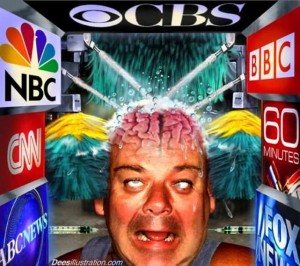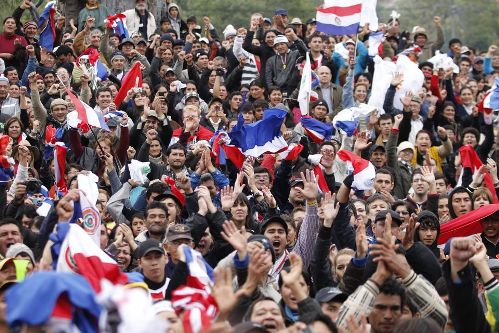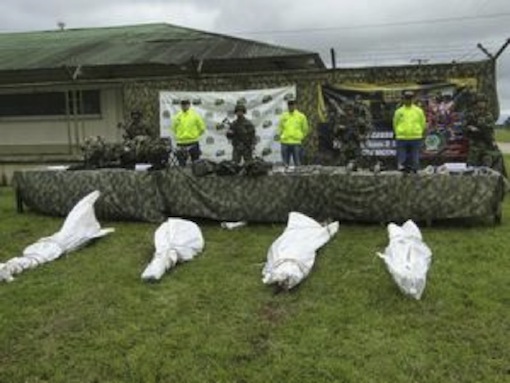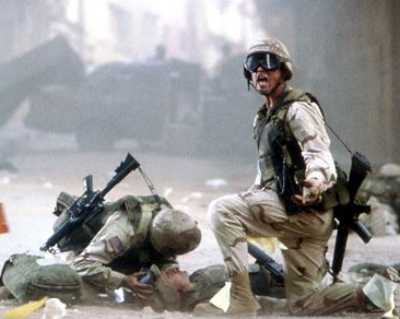Alex Constantine - May 20, 2010
Simon Tisdall | guardian.co.uk | 28 April 2010
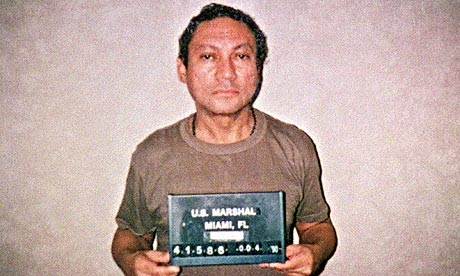 Manuel Noriega was sentenced to 40 years on drug-related charges. Photograph: US District Attorney's Office/EPA
Manuel Noriega was sentenced to 40 years on drug-related charges. Photograph: US District Attorney's Office/EPA
As dawn broke over Panama City one morning in early October 1989, a crowd began to gather outside the headquarters of the Panamanian defence force. Inside the gated compound, shattered masonry and bullet holes in the walls of the white-painted building bore witness to a coup attempt by junior officers. The putsch had failed. Now the people outside were waiting for the general. They wanted to see him, to know for certain he was still alive.
Further down the pavement on Calle 23, a woman sobbed. People said her army officer husband had not returned home, that she feared he was among the 50 mutineers reportedly killed in the American-backed coup. As the crowd grew in size and the sun came up, an old man sold lottery tickets and someone set up a banana stall. On a balcony overlooking the street, a woman hung out her smalls to dry.
Then, suddenly, the doors of the comandancia flew open and out came the man they were waiting for. Here, in crude good health, was President George Bush's pet hate figure, America's most wanted, and Panama's answer to Colonel Gaddafi: General Manuel Antonio Noriega himself – an indicted drug trafficker, the gloating scourge of the Yanquis, and at that time perhaps the world's most infamous dictator.
Acknowledging the cheers of the crowd, Noriega, small and burly in crisp green combat fatigues and a red baseball cap, wore a triumphant smile. "Who did this?" a journalist shouted at him as he stood on the other side of the railings, surrounded by much taller bodyguards, meaning who had attacked the comandancia. "The Americans did this. The Americans, the piranhas did this. They want to finish Panama," Noriega replied.
Though he had no inkling of it that morning, Noriega's days in the sun were numbered. Two months later, Bush sent the American army to finish what the coup leaders began. After causing a large and still-disputed number of civilian deaths in the El Chorrillo neighbourhood around the comandancia, US forces hunted down Noriega, arrested him, put him on trial in Miami, and sentenced him to 40 years.
The stated reasons for the US intervention were many: anger at the harassment of military personnel based in Panama, worries over the safety of American nationals, the failure of diplomacy and sanctions, the security of the Panama canal, the city's position as a leading entrepôt and money-laundering centre for illegal narcotics, and the importance attached to Bush's top domestic political priority – winning his self-declared "war on drugs".
But Noriega's extradition to France this week, where he faces more drug-related charges, has refocused attention on the unspoken reasons why the "Maximum Leader", also known as "Pineapple Face", became such a threat to the then US government and why such extreme measures were taken to silence him. His case also serves as a reminder of the US policy of direct and indirect interventionism in Central America that bedevilled the region for decades.
Noriega was a thug. But for many years, he was America's thug – until he turned on his mentors. Trained in military and intelligence matters at the School of the Americas, he became for a time a valued CIA "asset" working for the agency and the US Drug Enforcement Administration. Government documents submitted to the Miami court in pre-trial hearings in 1991-92 confirmed that Noriega was paid (at least) $320,000 by the US government for services rendered.
Simply put, Noriega knew too much. He acted as a cold war listening post for the US during turbulent times in Guatemala, El Salvador and Honduras, according to William Buckley's book, Panama: the Whole Story. He claimed to be an intermediary between then vice-president Bush and Fidel Castro in the 1980s. Noriega is also said to have met Bush, a former CIA director, personally on two occasions in 1976 and 1983.
The jury in Noriega's trial on 10 narrowly defined drug-related counts heard none of this. Nor did it hear about Noriega's contacts with Oliver North, John Poindexter, CIA chief William Casey and other key figures in the Ronald Reagan and Bush administrations who, allegedly, connived in the supply of arms to Nicaragua's Contra rebels paid for with Medellín cartel drug cash.
There were many other such allegations; and Noriega claimed to have proof of senior US politicians' connivance in drug trafficking for political purposes. But none was allowed in evidence. Nor was the new Panamanian government's demand that Noriega be returned there for trial accepted.
In Panama, Noriega would have been free to tell all he knew. And for many powerful men in Washington, some of whom are still alive, that prospect was potentially dangerous. The outcome of the Noriega case in Miami, like the 1989 invasion, was never in doubt from day one. It was a show trial, a warning to others. It was pure vengeance. It was a cover-up of decades of illicit regional meddling. But it was also a demonstration of raw American power, of which the world was soon to have more frightening examples.
http://www.guardian.co.uk/commentisfree/cifamerica/2010/apr/28/noriega-panama-france-america
